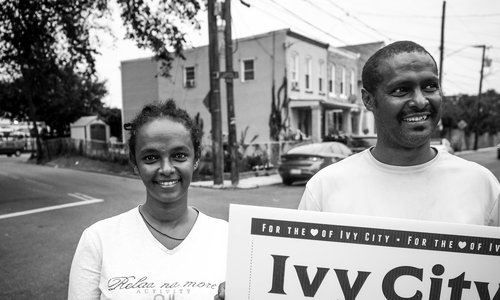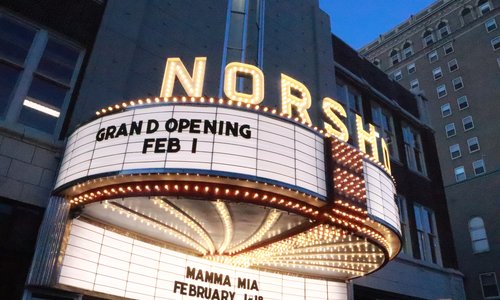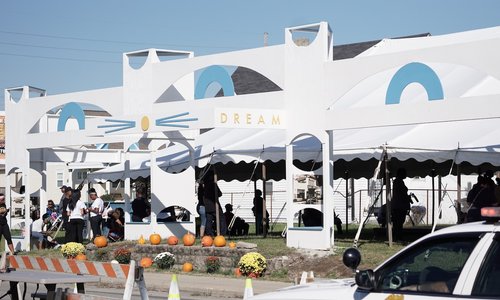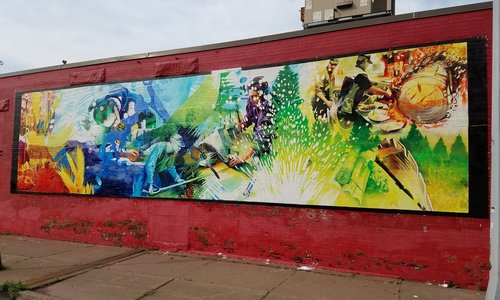Stories

LISC NYC’s Inclusive Creative Economy Fund, in Living Color
An in depth report from NY1 News explains how the Inclusive Creative Economy Fund has galvanized the future of a venerable downtown theater, La Mama. Thanks to a $3 million line of credit from LISC, the nearly 60-year-old institution, which has nurtured thousands of experimental artists and engages a broad diversity of audiences, is able to renovate its aging building and continue its valuable work. The fund’s model of raising debt capital from an array of impact investors to support creative economies and stimulate job growth, the report noted, can be scaled for communities across the country where real estate costs and other forces threaten local arts and culture.

The Arts Can Transform Neighborhoods. The Trick Is Getting It Right.
In an article for Shelterforce, LISC DC’s Adam Kent and Erik Martinez Resly, co-director of The Sanctuaries arts organization, offer a nuanced assessment of the challenges and tremendous payoff of linking artists, community developers and residents to invigorate neighborhoods. “At their roots, both the arts and community development amplify a people’s voice,” write the authors. But clear communication and a willingness to embrace the perspectives of other stakeholders is key to building successful collaborations.

Top Reads, Week of 9/4/2018
Check out our top three reads of the week connected to community development work. This week, we're talking gentrification, creative placemaking and land use.

Duluth Raises the Curtain on a Dynamic New Theater
In an op-ed for the Duluth News-Tribune, LISC Duluth’s director Pam Kramer describes how the renovated NorShor Theatre, a historic Art Deco gem, will help anchor the city’s efforts to spark an arts and culture economy. A complex set of public-private partnerships brought the theater back to life, and will nurture local artists, launch arts programs and create good jobs.

To Conjure a Neighborhood’s Future, Residents Take to the Stage
Across the country, LISC works with on-the-ground partners to help residents voice what they most want and need for their own neighborhoods. Indianapolis has given this sort of “quality of life” planning a brilliant new twist: a local, LISC-funded arts organization supported a community in literally acting out what they want to see as their neighborhood develops. And displacement isn’t part of the storyline. An article in Next City explains.

#CraftingSomethingGreat in Duluth
In an op-ed for the Duluth News Tribune, Pam Kramer enumerates the plans, investments, collaborations and creative sparks that have turned an area of blight and brownfield into the Lincoln Park Craft District. The humming, entrepreneurial neighborhood has become a model for how to leverage local craft manufacturing to fuel community revitalization, says Duluth LISC’s executive director.
Read the Article